Astronomy allows us to explore the vastness of the universe and learn about the mysteries that it holds. From the beauty of the night sky to the incredible objects that exist beyond our planet, there is always something new and interesting to discover in astronomy. From asking how the universe began to wondering if there is life on other planets, astronomy can inspire a sense of wonder and curiosity in people of all ages.
The excitement and wonder of astronomy comes from the endless possibilities for discovery and exploration that it offers. Whether you are an amateur astronomer or a professional researcher, there is always something new and exciting to learn and discover in the world of astronomy.
Here are 25 interesting facts about astronomy that will blow your mind –
Amazing Astronomy facts list –
1. The universe is estimated to be around 13.8 billion years old, and it is constantly expanding.
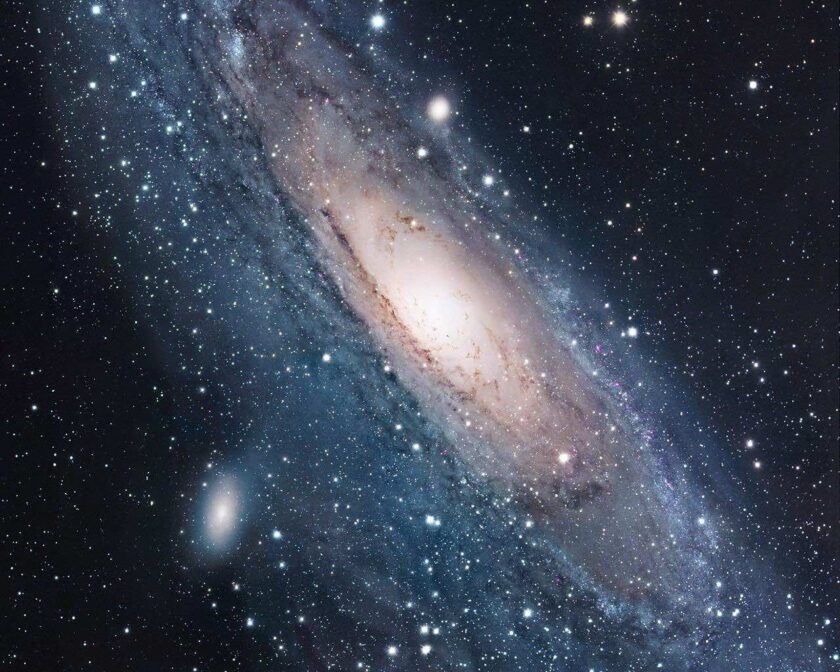
he expansion of the universe is driven by dark energy, a mysterious force that is thought to be causing the universe to expand at an accelerating rate.
The age of the universe is a mind-boggling concept, as it is difficult for us to fully grasp the enormity of time on such a scale. To put it in perspective, if the age of the universe were scaled down to one year, with each day representing 1 million years, human history would occupy only the last few seconds of December 31st.
Despite the vastness of time and space in the universe, astronomers are constantly making new discoveries and learning more about the nature of the universe and its history. From studying the oldest known stars and galaxies to searching for evidence of extraterrestrial life, the field of astronomy is full of exciting mysteries and opportunities for exploration.
2. The sun is actually classified as a yellow dwarf star, and it is the closest star to Earth.
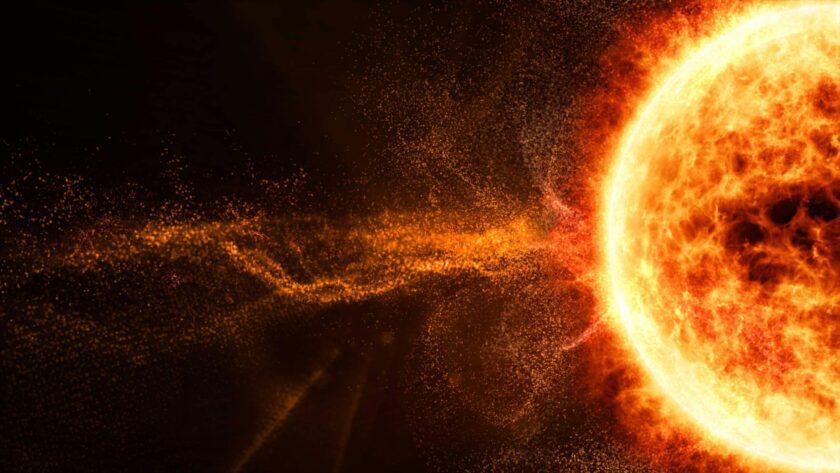
The sun is classified as a yellow dwarf because it is relatively small and cool compared to other types of stars. Its surface temperature is around 5,500 degrees Celsius (9,932 degrees Fahrenheit), and it is about halfway through its life, which is expected to last for around another 5 billion years.
Despite its relatively small size and temperature, the sun is an incredibly important and influential object in the solar system. Its gravity holds the planets in orbit, and its radiation drives the processes that sustain life on Earth. It is also the source of light and heat that makes our planet habitable, and it plays a key role in the Earth’s climate and weather patterns.
3. There are over 100 billion galaxies in the observable universe, each containing millions or billions of stars.
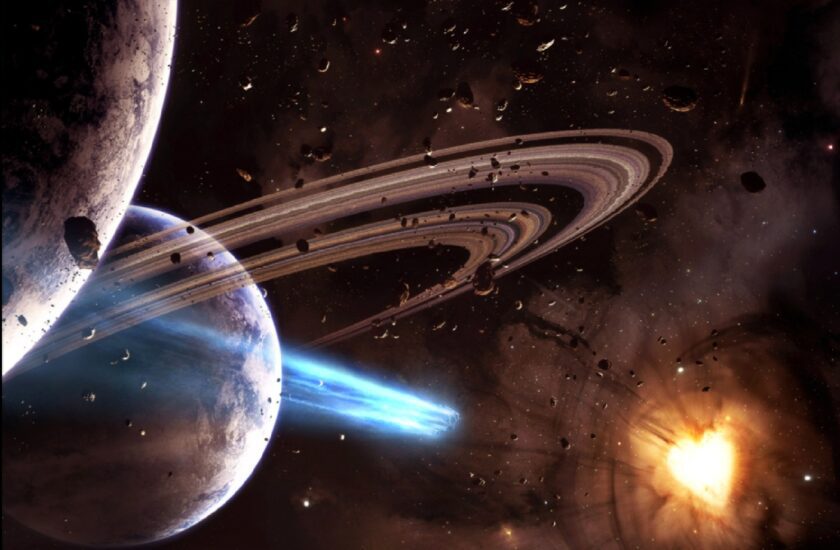
The number of galaxies in the universe is difficult to quantify exactly, as we can only observe a small portion of the universe due to the limited range of our telescopes. However, based on observations of the cosmic microwave background radiation and the distribution of matter in the universe, astronomers estimate that there are likely many more galaxies beyond the observable universe.
Each galaxy is a vast collection of stars, gas, dust, and other matter held together by gravity. The Milky Way, the galaxy that Earth is a part of, is thought to contain around 400 billion stars. The largest known galaxy is IC 1101, a supergiant elliptical galaxy located in the constellation Virgo. It is estimated to contain over 100 trillion stars.
4. The Milky Way, the galaxy that Earth is a part of, is thought to have around 400 billion stars.
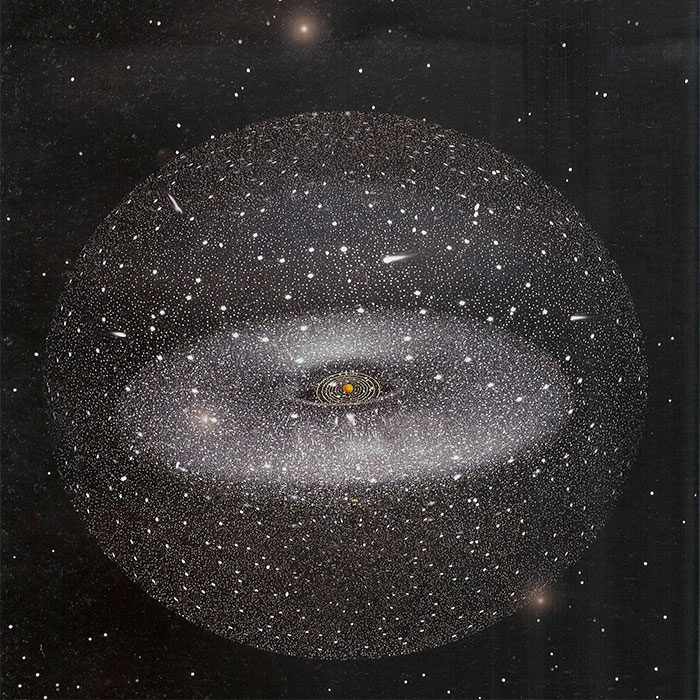
The Milky Way is a relatively large galaxy, with a diameter of about 100,000 light-years. It is shaped like a flat disk, with a central bulge and spiral arms. The stars in the Milky Way are organized into a number of different structures, including the disk, the halo, and the bulge. The majority of the stars in the Milky Way are located in the disk, which is where our solar system is located. The halo is a spherical region that surrounds the disk and contains older, redder stars, while the bulge is a spherical region located at the center of the galaxy that contains mostly older, redder stars as well.
5. The largest known star in the universe is UY Scuti, a hypergiant star located in the constellation Scutum. It is about 1,700 times larger than the sun.
UY Scuti is a red supergiant star that is estimated to be around 1,700 times larger than the sun, with a radius of about 1.7 billion kilometers. This means that if UY Scuti were placed where the sun is in our solar system, it would extend out beyond the orbit of Jupiter.
Hypergiant stars are some of the largest and most luminous stars in the universe. They are highly luminous because they are burning hydrogen at a very high rate and are emitting vast amounts of energy. They are also relatively rare, with only a few dozen known to exist in the Milky Way. UY Scuti is one of the most massive known hypergiant stars, and it is also one of the most luminous. It is located about 9,500 light-years away from Earth, and it is not visible to the naked eye because of its distance and the fact that it is located in the direction of the Milky Way’s galactic center, which is obscured by a large amount of dust.
6. There are three types of galaxies: spiral, elliptical, and irregular. The Milky Way is a barred spiral galaxy.
Spiral galaxies, like the Milky Way, have a distinctive spiral shape, with a central bulge surrounded by spiral arms. The stars and gas in the spiral arms are organized into a disk-like structure. Spiral galaxies can be further divided into two categories: barred spiral galaxies and unbarred spiral galaxies. The Milky Way is a barred spiral galaxy, which means it has a central bar-shaped structure that extends from the center of the galaxy out to the ends of the spiral arms. The presence of a bar can affect the way that material moves within the galaxy and can affect the formation and evolution of stars and other objects within it.
Elliptical galaxies are shaped like ellipsoids and do not have a distinct spiral shape. They can range in shape from nearly spherical to highly flattened. Elliptical galaxies are generally composed of older, redder stars, and they often have very little gas and dust compared to spiral galaxies. They are thought to be the result of mergers between smaller galaxies or the result of the stripping of material from spiral galaxies.
Irregular galaxies do not have a well-defined shape, and they often have a disrupted, chaotic appearance. They can be small or large and can have a variety of different structures, including spiral arms, bars, and central bulges. Irregular galaxies are often found in low-density regions of the universe and may be the result of gravitational interactions with other galaxies.
7. The Andromeda galaxy, which is the nearest major galaxy to the Milky Way, is estimated to contain around 1 trillion stars.
The Andromeda galaxy (also known as M31) is the nearest major galaxy to the Milky Way, and it is located about 2.537 million light-years away from our own galaxy. It is a spiral galaxy similar in size and shape to the Milky Way, and it is thought to contain around 1 trillion stars. Andromeda is the most massive galaxy in the Local Group, a group of more than 50 galaxies that includes the Milky Way. It is also one of the most well-studied galaxies in the universe, and it has been the subject of numerous observations and research studies.
Andromeda is visible to the naked eye from Earth, and it can be seen in the constellation Andromeda, which is located in the northern sky. It appears as a faint, diffuse object in the night sky, and it can be distinguished from the Milky Way by its reddish color and the fact that it does not have the same structure or degree of concentration as our own galaxy.
8. The universe is thought to be made up of around 73% dark energy, 23% dark matter, and only 4% regular matter.
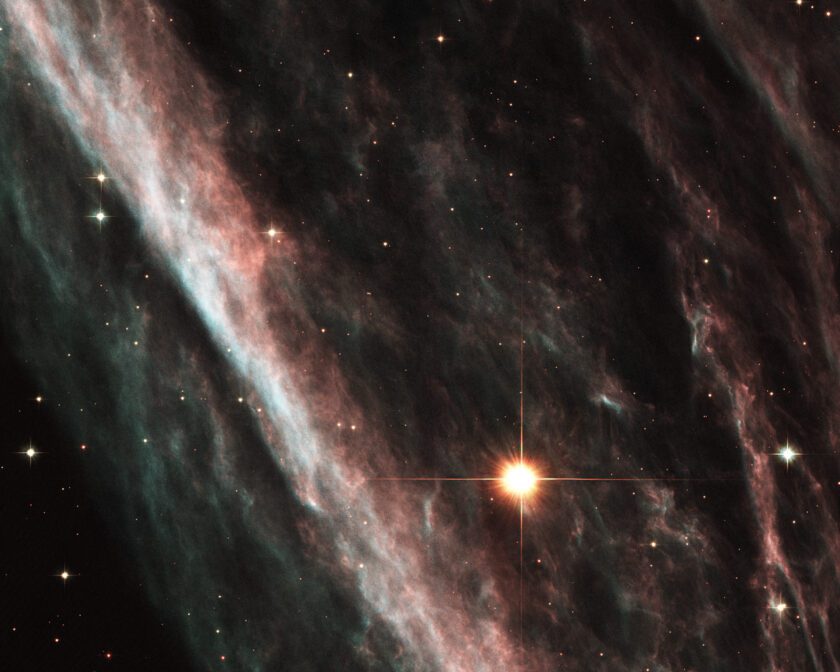
Based on observations of the cosmic microwave background radiation, the expansion of the universe, and the distribution of matter in the universe, it is thought that the universe is made up of around 73% dark energy, 23% dark matter, and only 4% regular matter.
Dark energy is a mysterious force that is thought to be causing the expansion of the universe to accelerate. It is not well understood, but it is thought to be a form of energy that is spread uniformly throughout the universe and that exerts a negative pressure on space.
9. Black holes are some of the most mysterious objects in the universe. They are formed when a star collapses in on itself, and they have such strong gravitational forces that not even light can escape them.
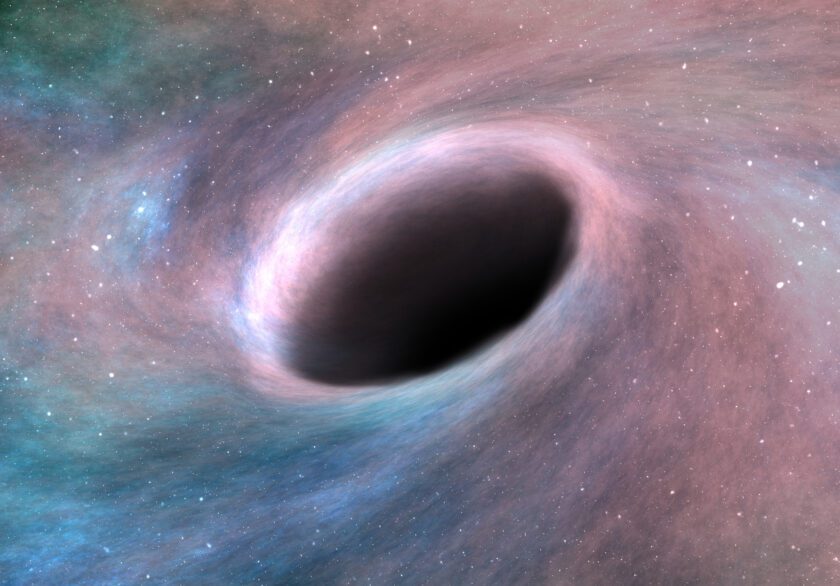
There are three main types of black holes: stellar black holes, intermediate black holes, and supermassive black holes. Stellar black holes are the smallest type of black hole, and they are formed when a star that is at least three times more massive than the sun collapses in on itself. They are typically about 5-15 times the mass of the sun and have a radius of only a few kilometers. Intermediate black holes are larger than stellar black holes and are thought to have masses between 100 and 100,000 times the mass of the sun. They are thought to form from the collapse of very massive stars or from the merging of smaller black holes. Supermassive black holes are the largest type of black hole, and they are thought to have masses that are millions or billions of times the mass of the sun. They are thought to reside at the center of most galaxies, including the Milky Way, and they are thought to play a role in the evolution and behavior of galaxies.
10.The first recorded supernova, a massive explosion that occurs when a star dies, was observed in 1006 AD.
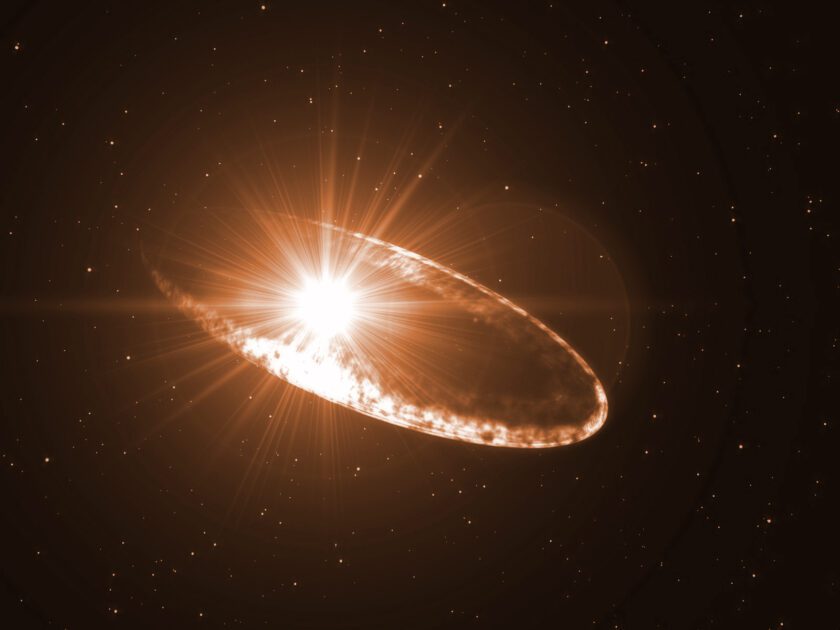
Supernovae are some of the most energetic and explosive events in the universe, and they can release as much energy in a few seconds as the sun will release over its entire lifetime. There are two main types of supernovae: Type I and Type II. Type I supernovae are caused by the collapse of a white dwarf star, while Type II supernovae are caused by the collapse of a massive star. Both types of supernovae are characterized by the emission of a tremendous amount of energy and the formation of a supernova remnant, a cloud of debris left over from the explosion. Supernovae are important because they play a role in the evolution of galaxies and the universe, and they can provide clues about the history and structure of the universe.
11.The surface temperature of the sun is around 5,500 degrees Celsius (9,932 degrees Fahrenheit).
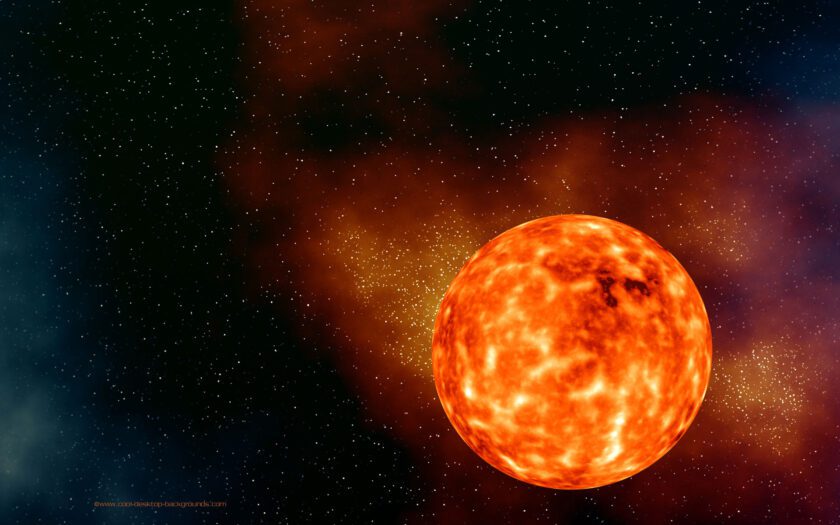
The sun is a massive ball of gas, primarily composed of hydrogen and helium, and it generates energy through a process called nuclear fusion, in which hydrogen atoms are combined to form helium. This process releases a tremendous amount of energy in the form of light and heat, which is what makes the sun shine. The sun’s surface temperature is determined by the balance between the energy being generated by nuclear fusion in the core of the sun and the energy being radiated back into space.
12.The hottest known planet in the universe is KELT-9b, which has a surface temperature of around 4,327 degrees Celsius (7,820 degrees Fahrenheit).
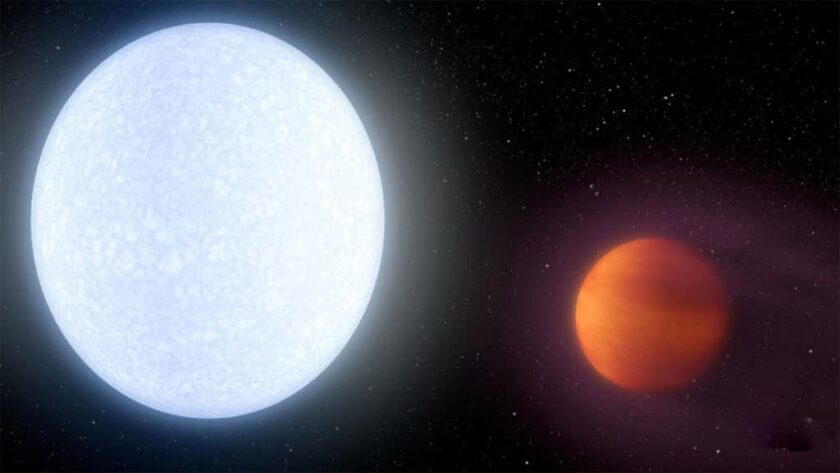
KELT-9b is the hottest planet in solar system, with a surface temperature of around 4,327 degrees Celsius (7,820 degrees Fahrenheit). This is because it orbits very close to its star, KELT-9, completing an orbit in just 36 hours. KELT-9 is a blue star that is much hotter and more massive than the sun, and it is thought to be in the process of evolving into a red giant star. KELT-9b is so close to its star that it is subjected to intense heat and radiation, which has caused its atmosphere to become bloated and highly inflated. It is also tidally locked to its star, meaning that one side of the planet is always facing the star, while the other side is always in darkness.
13. The most distant object ever observed by humans is the cosmic microwave background radiation, which was emitted around 400,000 years after the Big Bang.
The CMB is a diffuse, uniform glow of microwave radiation that fills the entire universe, and it is thought to be the residual thermal radiation left over from the Big Bang.
The CMB was discovered in the mid-20th century by two researchers, Arno Penzias and Robert Wilson, who were working at Bell Labs in New Jersey. They were using a radio antenna to study radio waves from space and noticed a faint, uniform background noise that was present in all directions. They initially thought that the noise was due to some kind of interference, but after ruling out all other possibilities, they realized that it was a faint glow of microwave radiation coming from all directions in space. They were awarded the Nobel Prize in Physics in 1978 for their discovery of the CMB.

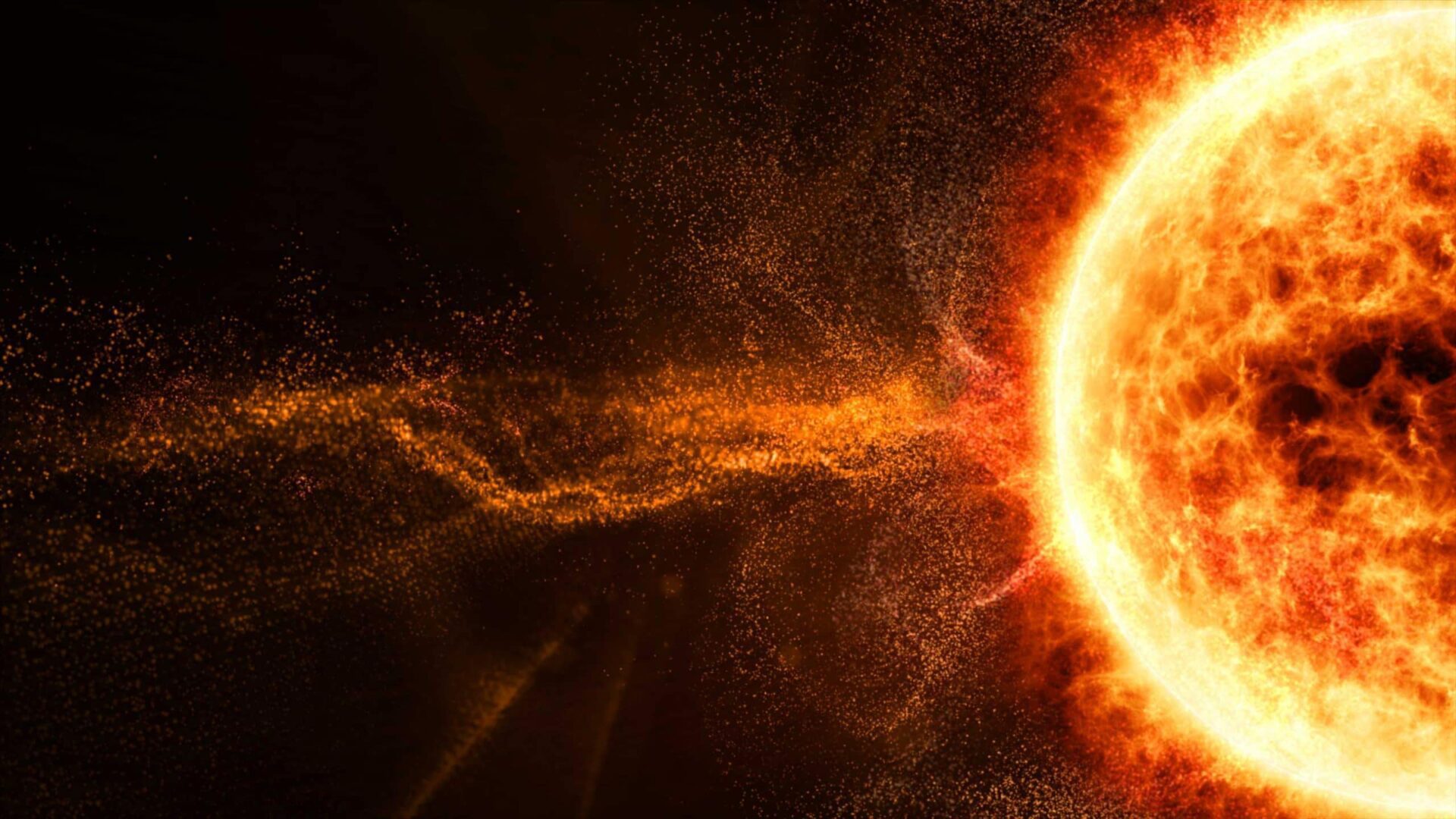
1 comment
My boy loves to learn about space!! Mama needs some more information to feed him! Thanks for the help!